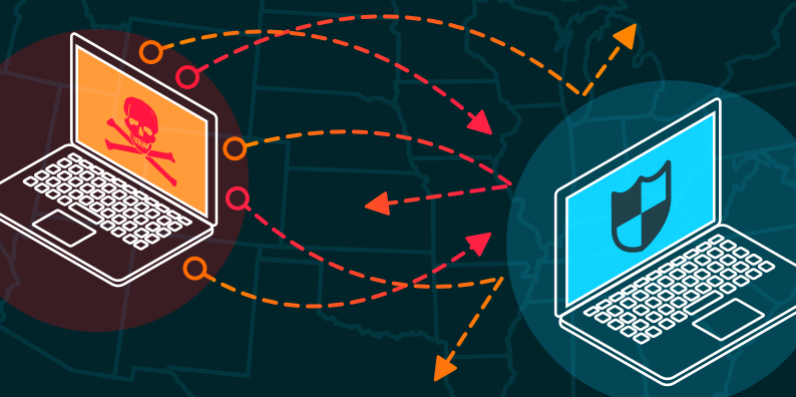
Distributed Denial of Service (DDoS) attacks are among the most common and devastating cyber attacks that organizations face. In a DDoS attack, a network or website is flooded with traffic from multiple sources, causing it to become unavailable to users. DDoS attacks can be carried out using botnets, which are networks of infected computers that can be controlled remotely by cyber attackers. In this article, we will discuss some effective DDoS attack prevention strategies that can help protect your organization’s network.
1. Implement Network Traffic Monitoring
One of the most effective DDoS attack prevention strategies is to implement network traffic monitoring tools. These tools can help identify traffic patterns that are abnormal or suspicious, such as traffic originating from a single source or traffic with a large number of requests. By identifying these patterns, network administrators can take action to block traffic or mitigate its impact.
2. Use Content Delivery Networks (CDNs)
A Content Delivery Network (CDN) is a network of servers that are geographically distributed to provide faster and more reliable delivery of web content. By using a CDN, organizations can distribute traffic across multiple servers, reducing the impact of a DDoS attack on any one server. CDNs can also provide additional security features, such as DDoS protection services that can detect and block DDoS attacks.
3. Configure Firewalls and Routers
Firewalls and routers can be configured to protect against DDoS attacks by limiting the amount of traffic that can be sent to a server or network. For example, firewalls can be configured to block traffic from known botnets or to limit the number of requests from a single IP address. Routers can also be configured to limit the amount of traffic that can be sent to a server or network, reducing the impact of a DDoS attack.
4. Use Cloud-Based DDoS Protection Services
Cloud-based DDoS protection services are designed to detect and block DDoS attacks in real-time. These services can provide automatic traffic filtering and traffic redirection, ensuring that only legitimate traffic reaches the organization’s servers. Cloud-based DDoS protection services can also scale to meet the needs of large organizations, providing protection against even the most sophisticated DDoS attacks.
5. Conduct Regular DDoS Attack Drills
Finally, one of the best ways to prepare for a DDoS attack is to conduct regular DDoS attack drills. These drills can help identify weaknesses in the organization’s DDoS attack prevention strategies and help identify areas for improvement. By conducting regular drills, organizations can ensure that their staff is trained to respond quickly and effectively to a DDoS attack.
Conclusion
DDoS attacks are a serious threat to organizations of all sizes. By implementing effective DDoS attack prevention strategies, organizations can reduce the risk of a successful DDoS attack and protect their network from disruption. By monitoring network traffic, using CDNs, configuring firewalls and routers, using cloud-based DDoS protection services, and conducting regular DDoS attack drills, organizations can be better prepared to respond to a DDoS attack and minimize its impact on their business.







